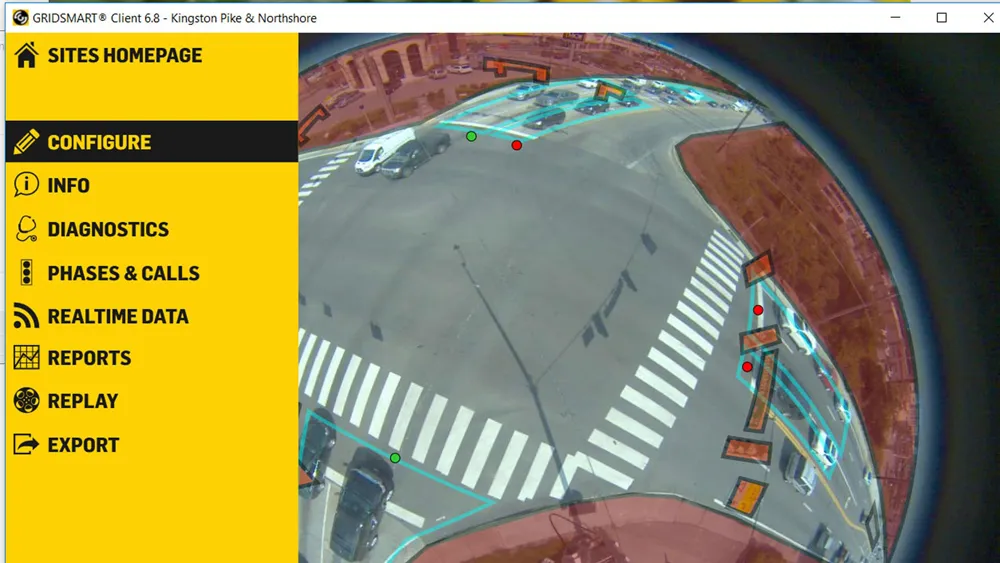
Cubic has acquired US technology company
Gridsmart’s Bell Camera offers horizon to horizon tracking with a fisheye lens for intersection actuation, data collection and situational awareness. The solution is also expected to track vehicle trajectory from approach through the centre of the intersection to exit.
The acquisition will also help advance Cubic’s NextCity vision of creating a smarter future in transportation.
Bill Malkes, chief executive officer of Gridsmart, says the company will work with Cubic to develop its vision of improving one billion lives with intelligence.
In October 2018, Cubic acquired traffic management specialist Trafficware to offer broader
Matt Cole, president of Cubic Transportation Systems, says: “This strategic investment in Gridsmart will not only enhance our growth profile through synergies with Trafficware but also strengthen Cubic’s Surface Transport Management solution offering.”
Cubic’s
For the full calendar year 2019, Gridsmart is expected to contribute approximately $35m in sales and $8m of adjusted EBITDA (earnings before interests, taxes, depreciation, and amortisation). Cubic anticipates the transaction will be accretive to cash earnings per share in the first year of operations.
This transaction is subject to customary adjustments.









